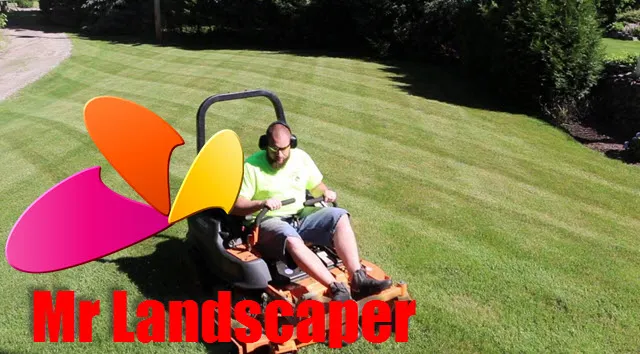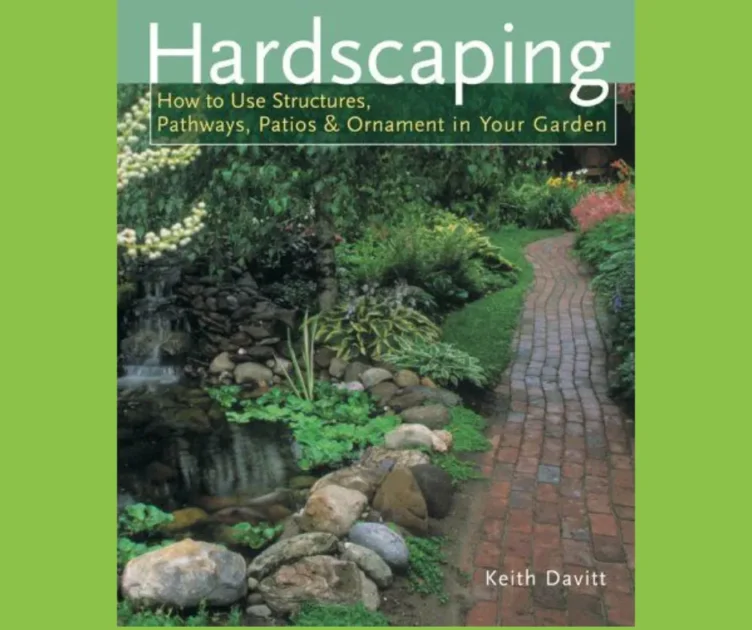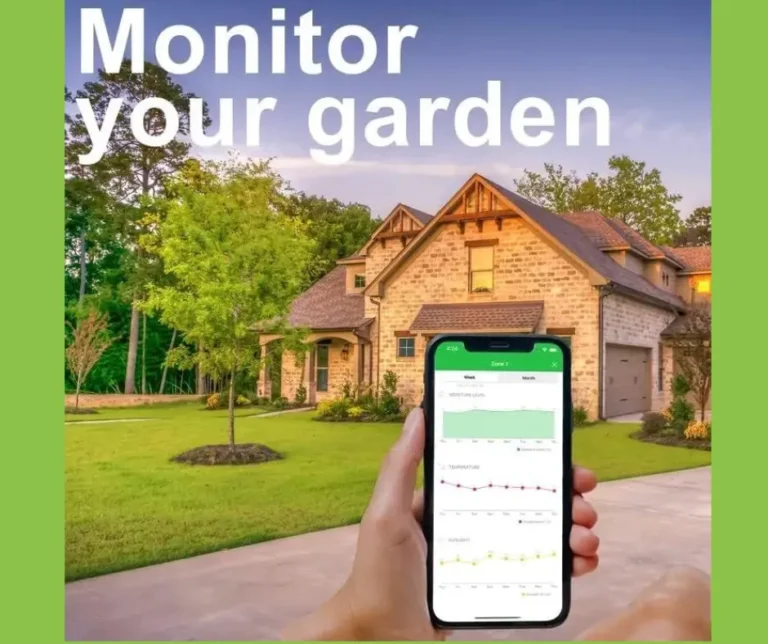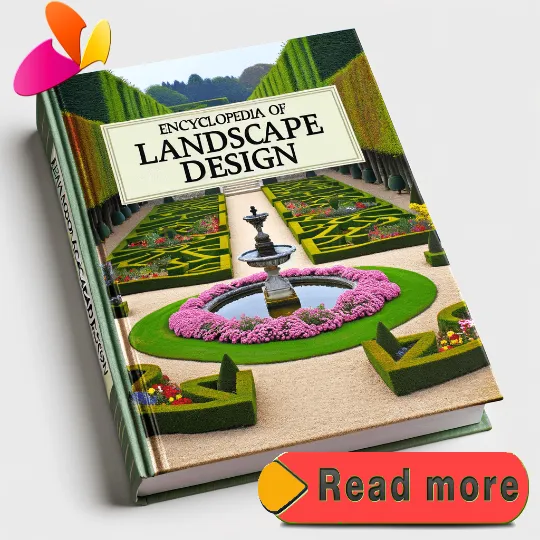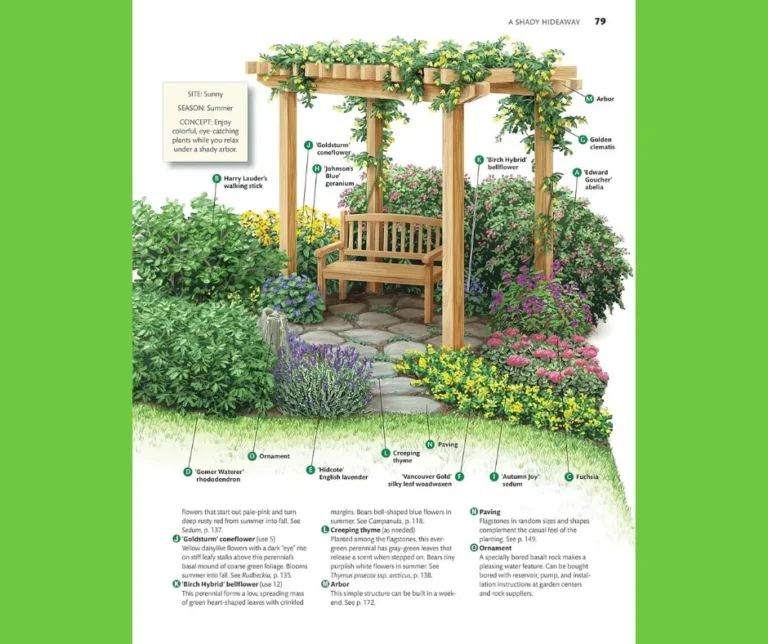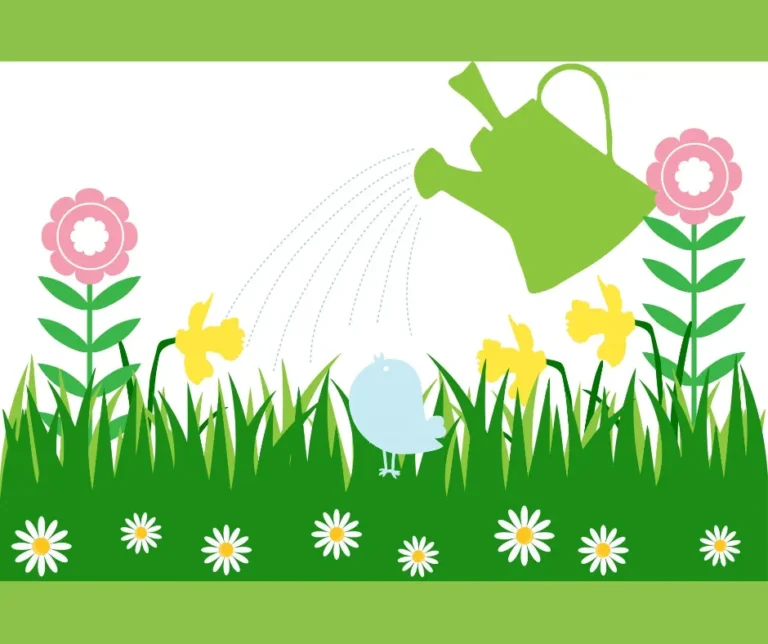Functionality to Your Landscape Design
Creating Functionality to Your Landscape Design outdoor space, and hardscaping is an essential element that should not be overlooked.
Whether you are looking to add structure and organization to your landscape design or simply enhance its overall appeal, hardscaping can play a crucial role in achieving your desired aesthetic.
As a homeowner, you may have heard of hardscaping, but may not fully understand its purpose and potential.
In this article, we will delve into the basics of hardscaping and how it can add both functionality and structure to your outdoor space.
From materials and design options to installation and maintenance, this guide will provide you with the necessary knowledge to incorporate hardscaping into your landscape design successfully.
So, if you are looking to transform your outdoor area into a more functional and structured space, keep reading for our comprehensive hardscaping 101 guide.
Table of ContentsFunctionality to Your Landscape Design
Enhance your outdoor space’s appeal
To add visual interest and elevate the overall appeal of your outdoor space, consider incorporating hardscaping elements into your landscape design.
Hardscaping refers to the construction of non-living features such as pathways, patios, retaining walls, and pergolas.
By strategically integrating these elements, you can create a functional and structured outdoor environment that seamlessly blends with the natural surroundings.
Hardscaping not only enhances the aesthetic appeal of your outdoor space but also adds functionality and durability, making it perfect for social gatherings, relaxation, and outdoor activities.
Whether you choose to incorporate a charming stone pathway, a cozy fire pit, or a stylish outdoor seating area, hardscaping is a valuable investment that will significantly improve the overall appeal and functionality of your outdoor living area.
So, why not explore the possibilities of hardscaping and transform your outdoor space into a stunning and inviting retreat?
Create a strong foundation first
When embarking on your hardscaping journey, it is essential to create a strong foundation first.
This step lays the groundwork for a successful and long-lasting landscape design.
Begin by assessing the terrain and ensuring proper drainage to prevent water accumulation and potential damage to your hardscape features.
Excavation may be necessary to level the surface and create a stable base for pathways, patios, or other hardscape structures.
Additionally, consider adding a layer of compacted gravel or sand to provide stability and prevent shifting or settling over time.
By prioritizing a solid foundation, you can ensure that your hardscape elements withstand the test of time and continue to add functionality and structure to your landscape design.
Incorporate functional features strategically
To maximize the functionality and structure of your landscape design, it is crucial to strategically incorporate functional features.
Consider the specific needs and preferences of your outdoor space and how you can enhance its usability.
For example, if you enjoy outdoor cooking and entertaining, integrating a well-designed outdoor kitchen or dining area can transform your landscape into a versatile and inviting space.
Additionally, incorporating seating areas, such as cozy benches or comfortable lounges, can create designated spots for relaxation and socializing.
Don’t forget to think about practical elements like lighting, irrigation systems, or storage solutions to optimize the functionality of your hardscape.
By incorporating these functional features strategically, your landscape design will not only be aesthetically pleasing but also serve as a practical extension of your living space.
So, take the time to carefully plan and implement these elements in your hardscape project to create a harmonious balance between beauty and functionality in your outdoor oasis.
Consider maintenance and durability
When creating your hardscape design, it is important to also consider maintenance and durability.
Choosing materials and features that require minimal upkeep will save you time and effort in the long run.
Opt for durable materials that can withstand the elements and frequent use without losing their quality or appearance.
Additionally, consider the maintenance requirements of any water features, such as fountains or ponds, and determine if you are willing to commit to the necessary upkeep.
Incorporating low-maintenance plants and landscaping elements can also help reduce the amount of time and resources needed to maintain your hardscape.
By considering maintenance and durability in your design, you can ensure that your hardscape will remain functional and beautiful for years to come.
Consult with a professional designer
To ensure that your hardscape design truly maximizes functionality and structure, it is highly recommended that you consult with a professional designer.
Hardscaping is a specialized field that requires expertise in not only design principles but also knowledge of construction techniques and materials.
A professional designer can help you navigate through the various options available and make informed decisions that align with your overall landscape design.
They can assess your specific needs and preferences, and provide valuable insights and creative solutions that you may not have considered.
From selecting the right materials to creating cohesive layouts, a professional designer will guide you through the entire process, ensuring that your hardscape design in “Hardscaping 101: Adding Functionality and Structure to Your Landscape Design” is not only visually appealing but also functional and durable.
In conclusion, incorporating hardscaping elements into your landscape design can add both functionality and structure to your outdoor space.
By using materials such as stone, wood, and concrete, you can create a visually appealing and durable landscape that will stand the test of time.
Don’t be afraid to get creative and experiment with different hardscaping ideas to truly transform your outdoor living area.
Remember to consult with a professional landscaper for guidance and expertise to ensure the best results.
With the right balance of hardscaping and softscaping, you can achieve a stunning and functional outdoor oasis that you can enjoy for years to come.
FAQ
What is hardscaping and how does it differ from traditional landscaping?
Hardscaping refers to the use of non-living elements like stones, concrete, and wood to create structures and surfaces in outdoor spaces.
It differs from traditional landscaping as it focuses more on the design and construction of features like patios, decks, walkways, and retaining walls, rather than on plants and greenery.
Hardscaping elements provide structure, functionality, and aesthetic appeal to landscapes.
It allows you to create functional outdoor living areas, increase property value, and reduce maintenance requirements.
Traditional landscaping, on the other hand, focuses on the use of plants, flowers, and trees to create a natural and visually appealing environment.
What are some common hardscaping elements that can add functionality to a landscape design?
When designing your landscape, incorporating hardscaping elements can greatly enhance its functionality.
Some common hardscaping elements to consider are pathways that guide you through the space, retaining walls that add structure and prevent erosion, patios where you can relax and entertain, and pergolas that provide shade and a focal point.
Additionally, features like fire pits, outdoor kitchens, and seating areas can create a welcoming and functional outdoor living space.
By incorporating these hardscaping elements, you can transform your landscape into a functional and aesthetically pleasing environment that meets your needs and enhances your outdoor experience.
How can hardscaping elements like pathways and retaining walls help with the overall structure and organization of a landscape?
Hardscaping elements such as pathways and retaining walls can greatly enhance the structure and organization of your landscape.
By using pathways, you can create designated routes that guide visitors through your garden, ensuring a clear flow and preventing unnecessary trampling on delicate plants.
Retaining walls, on the other hand, can help prevent soil erosion and create level areas for planting, adding dimension to your landscape.
Additionally, these elements can create distinct areas within your garden, separating different functional spaces and adding visual interest.
Overall, hardscaping elements play a crucial role in organizing and structuring your landscape, creating a harmonious and well-designed outdoor space.
What are some important factors to consider when planning a hardscaping project, such as materials, budget, and maintenance?
When planning a hardscaping project, there are several important factors you need to consider.
Firstly, carefully choose the materials you will be using, as they should be durable and complement the overall aesthetic of your space.
Secondly, establish a budget that accounts for all expenses, including materials, labor, and any additional features you may want to incorporate.
Lastly, think about the long-term maintenance of your hardscape, ensuring that it is manageable and fits within your schedule and abilities.
By considering these factors, you can ensure a successful hardscaping project that adds beauty and functionality to your outdoor space.
Are there any specific permits or regulations that need to be considered when adding hardscaping elements to a landscape design?
When adding hardscaping elements to your landscape design, it’s important to consider specific permits and regulations.
Depending on where you live, there may be local building codes or homeowner association guidelines that dictate what can be built on your property.
Permits may be required for certain projects, such as installing a retaining wall or a patio.
It’s advisable to check with your local government or consult a professional landscaper to ensure that you are in compliance with all necessary regulations.
By doing so, you can avoid any potential fines or legal issues and create a beautiful hardscape that adheres to your area’s guidelines.
